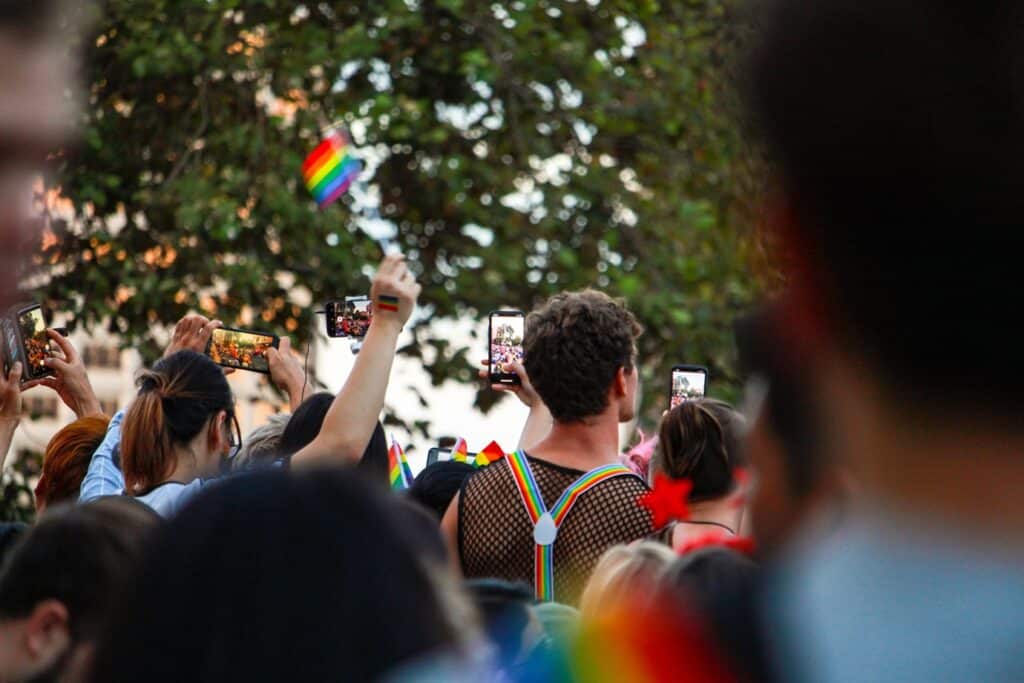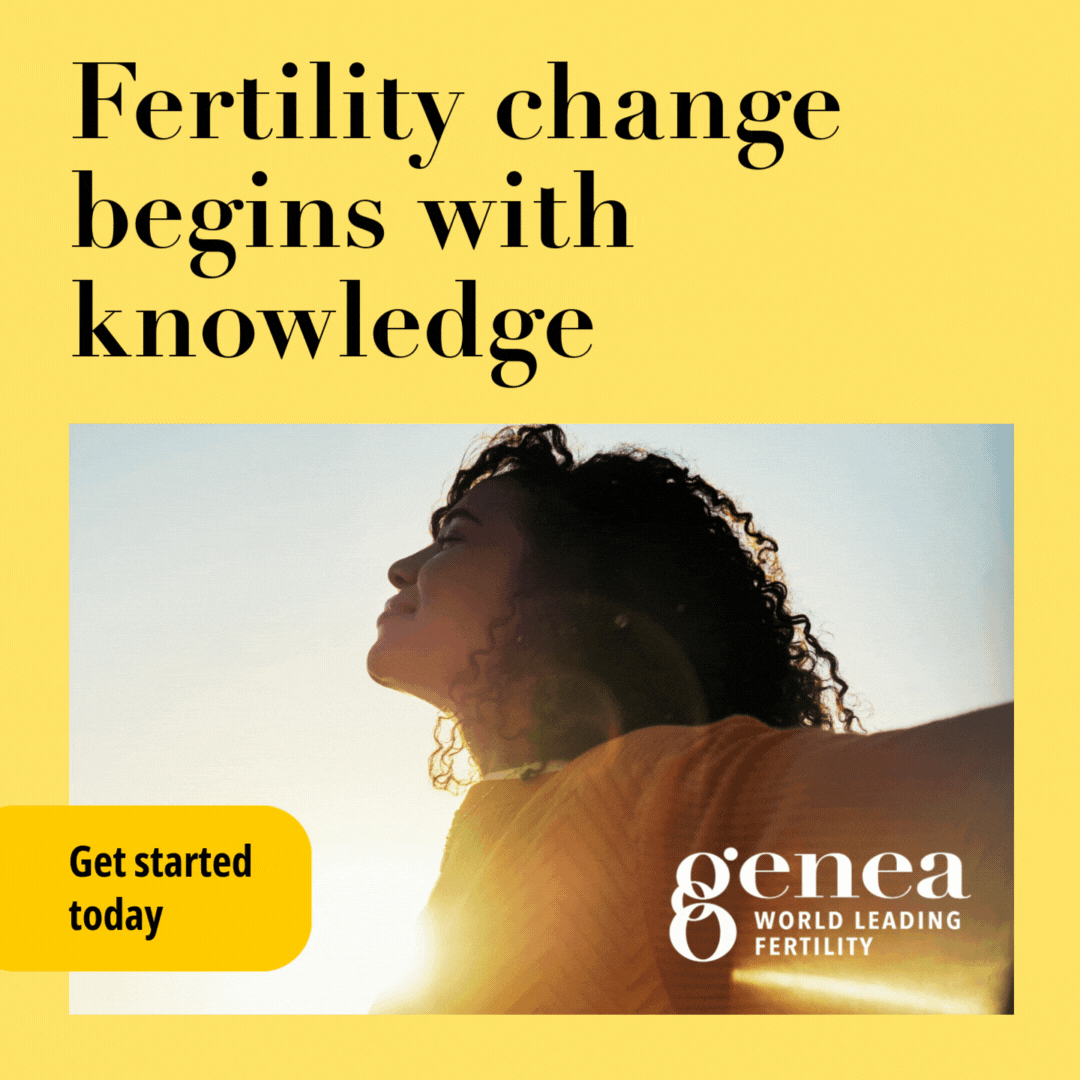Non-binary Australians are experiencing mental health issues at more than double the rate of men and women, new data from the Australian Bureau of Statistics shows. And three in four lesbian, gay, bisexual or otherwise non-heterosexual Australians have experienced a mental illness at some point in their lives.
As Sydney’s Gay and Lesbian Mardi Gras takes place this week, the latest ABS statistics paint a grim picture of the higher rates of mental illness and self-harm across the nation’s LGBTQI+ community.
Collected as part of the 2020-2022 National Study of Mental Health and Wellbeing, this is the first set of national data that compares the wellbeing of the LGBTQI+ community to that of heterosexual and cisgender people.
The bureau defined a “mental disorder” as a “clinically significant disturbance in… cognition, emotional regulation or behaviour”, noting that this included a range of disorders such as anxiety, affective disorders and substance use.
“Mental health is a key component of overall health and wellbeing. It underpins our individual and collective abilities to make decisions, build relationships and shape the world we live in,” the report states, adding that this “community connectedness” can support and affirm identity for LGBTQI+ people.
“At the same time, people in the LGBTQ+ communities often experience stigma, discrimination, bullying, violence and exclusion,” it says, listing these factors as contributors to the higher rates of mental health issues.
According to the findings, almost half of all LBG+ Australians noted high or very high levels of psychological distress, and 47.8 per cent of LGB+ people had “seriously thought about taking their own life” at some point in their lifetime.
Four in five non-binary people (79.6 per cent) had “seriously thought about taking their own life at some point in their lifetime”. And almost three in four non-binary people (72.8%) had self-harmed in their lifetime.
Seven in ten trans people aged 16-34 years had experienced a mental disorder at some time in their life, and more than one in four trans people had high or very high levels of psychological distress.
Sadly, more than one in four trans people had also “seriously thought about taking their own life at some point in their lifetime”.
In regards to seeking professional help for mental health issues, the proportion of LGB+ people who did so was noticeably higher than that of heterosexual people. Almost half of all LGB+ people (46.8 per cent) saw a health professional for their mental health in the last 12 months (compared with 16 per cent of heterosexual people).
LGBTIQ+ Health Australia (LHA) chief executive Nicky Bath told the ABC that the report confirms “adverse mental health outcomes” related to discrimination and abuse” and “highlight the need to foster protective factors” for the queer community’s wellbeing.
“The data on trans and gender diverse people needs rigorous analysis to avoid misinterpretation and misrepresentation, especially in the current environment of transphobic rhetoric that has significant negative health and wellbeing impacts,” said Bath.
“There is so much more we need to know to develop targeted and effective responses to support people experiencing poor mental health.”
Support Services
Lifeline: 13 11 14, 24 hours, 7 days
QLife: 1800 084 527, 3pm to midnight, 7 days
Suicide Call Back Service: 1300 659 467, 24 hours, 7 days
Beyond Blue: 1300 224 636, 24 hours, 7 days
13YARN: 13 92 76, 24 hours, 7 days


